Your cart is currently empty!
Emergency Response Pendants: Important Safety Device for the Elderly
·
·

Emergency Response Pendants: Important Safety Device for the Elderly
In case of an emergency, the elderly should have access to a safety device, like an emergency response pendant, that alerts others of their need for assistance. This way, they can get help promptly when they need it. When someone is ageing at home or in an assisted living facility, it’s important to think about how to keep them safe in case of an emergency. The primary focus is on monitoring risks and securing their well-being. To this end, you might want to consider a safety alert system using emergency response pendants and medi alerts. These devices are small and lightweight enough not to be burdensome for the elderly. They work by emitting a silent signal that only other people who are pre-programmed as “responders” will be able to detect to come and assist the person who needs help. There are different types of pendants available on the market today. Depending on your specific circumstances and budget, you might find one that fits your needs best:
What is an Emergency Response Pendant?
Emergency response pendants are small, lightweight devices that can be affixed to clothing and/or a belt or necklace. They are designed to emit a signal that only responders (i.e., medical professionals) can detect when a duress alarm has been sent. When an elderly person is found to be in need of assistance, they can activate the pendant’s signal to alert their authorized contacts that they need help. These pendants are ideal for people who are at risk for wandering, those who have cognitive decline, and those at risk of going missing (such as the elderly or people with Alzheimer’s disease or other disorders that may cause dementia). Due to their small size and discreet design, they are also great for use by people who are apprehensive about wearing a more traditional medical alert device due to fear of drawing unwanted attention.
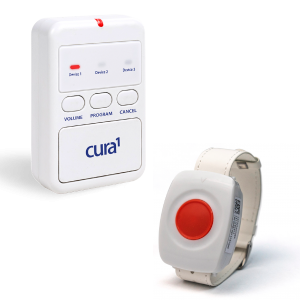
Medical ID Bracelet or Necklace
For those who like the idea of a pendant but prefer a more discrete option, a medical ID bracelet or necklace is another smart choice. These are similar to wristbands or ankle bracelets (which are worn by many people with various medical conditions to make them easily identifiable) except that they incorporate a small electronic chip that stores and transmits information about a person’s medical condition and medications. The information can also be programmed to act as a panic button so that if the wearer loses consciousness and falls, they will be able to activate the bracelet’s alarm to help get help. Medical ID bracelets and necklaces come in a wide variety of styles and can be worn underneath clothing or on the wrist or ankle. They can also be worn as a necklace or carried in a pocket or purse. They’re convenient to use and easy for others to identify, but they are not visible to everyone.
Wireless Emergency Medi Alert Pendant
For more discreet and location-independent connectivity, a wireless emergency alert pendant might be what you’re looking for. This option works like most other wireless medical alert systems. It can be set up to send a signal to a central monitoring station, where a security guard or alert dispatcher monitors and records the pendant’s signal. If there is an urgent medical situation and the person wearing the pendant activates the signal, the recipient will be notified. The person will then be able to locate the pendant wearer and get assistance. Wireless emergency alert pendants are ideal for people who are at risk of wandering (such as the elderly), those who have cognitive decline, and those who may go missing (such as the elderly or people with Alzheimer’s disease or other disorders that may cause dementia). They are also an excellent choice for people who want to keep their medical alert device discreet but don’t want to sacrifice location independence or extra security.
GPS-Based Emergency Pendant
For the most completely autonomous connectivity, a GPS-based emergency pendant might be right for you. This option works just like a medical ID bracelet or necklace, except that it doesn’t require a conventional monitoring station. The pendant device itself acts as the monitoring station, allowing the wearer to be alerted and locate the wearer in the case of an emergency. In addition, the wearer can activate the device to automatically dial 000 (as long as it is set to be one of the contacts), so dispatchers will know who is in need of assistance. This pendant option is ideal for people who are at risk of wandering (such as the elderly), those who have cognitive decline, and those who may go missing (such as the elderly or people with Alzheimer’s disease or other disorders that may cause dementia). It’s also a convenient and user-friendly choice for anyone who does not want to wear a traditional medical alert device due to fear of drawing unwanted attention to themselves.
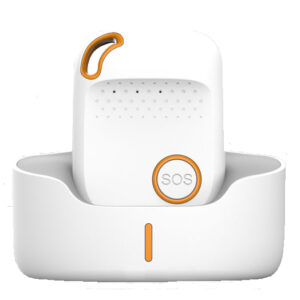
Conclusion – Emergency Response Pendants
If you are a caregiver, you should advise your loved one to wear an emergency response pendant. A medical ID bracelet or necklace is discreet and won’t cause your loved one to look like a “sick” person. A wireless emergency alert pendant is more discreet, but you should be careful not to activate the alarm while sleeping. A GPS-based emergency pendant is the most discreet and will not draw attention to your loved one. An emergency response pendant is a small device that emits a silent signal that only responders (e.g., medical professionals or family members) can detect. Emergency response pendants are useful for alerting others when an elderly person needs help. There are several types of pendants available on the market today. Depending on your specific circumstances and budget, you might find one that fits your needs best.
Please call or email one of our friendly staff to assist you with your enquiry.
Safe Life
Alerting Devices Australia P/L T/A Safe-Life 5/270 Lower Dandenong Rd, Mordialloc, VIC, Australia 3195
NDIS Provider Number
4050109546
ABN
67 637 195 941
Phone
[formidable id="6"]
Share Article
More articles
-
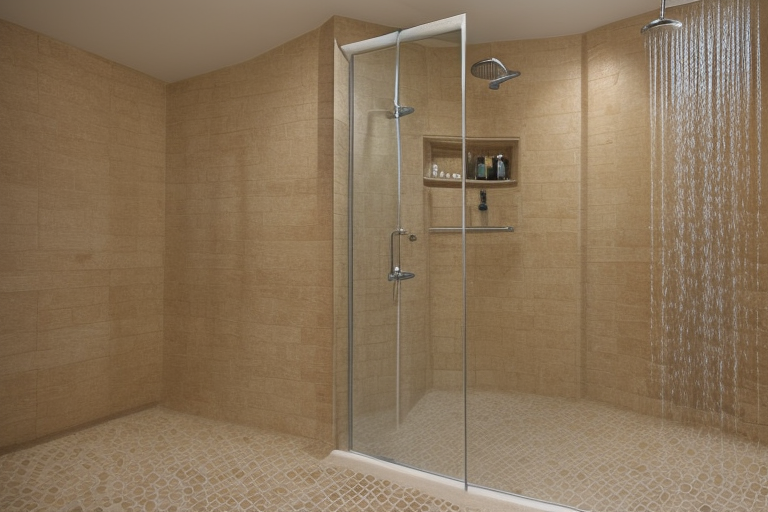
|
4 minutesA Comprehensive Guide to Showering Procedure in Aged Care
Introduction Showering is a basic necessity that plays a vital role in maintaining personal hygiene and overall health. As people age, performing daily tasks such as showering can become increasingly challenging due to limited mobility, cognitive decline, or other health issues. In aged care, it is crucial to have an…
-
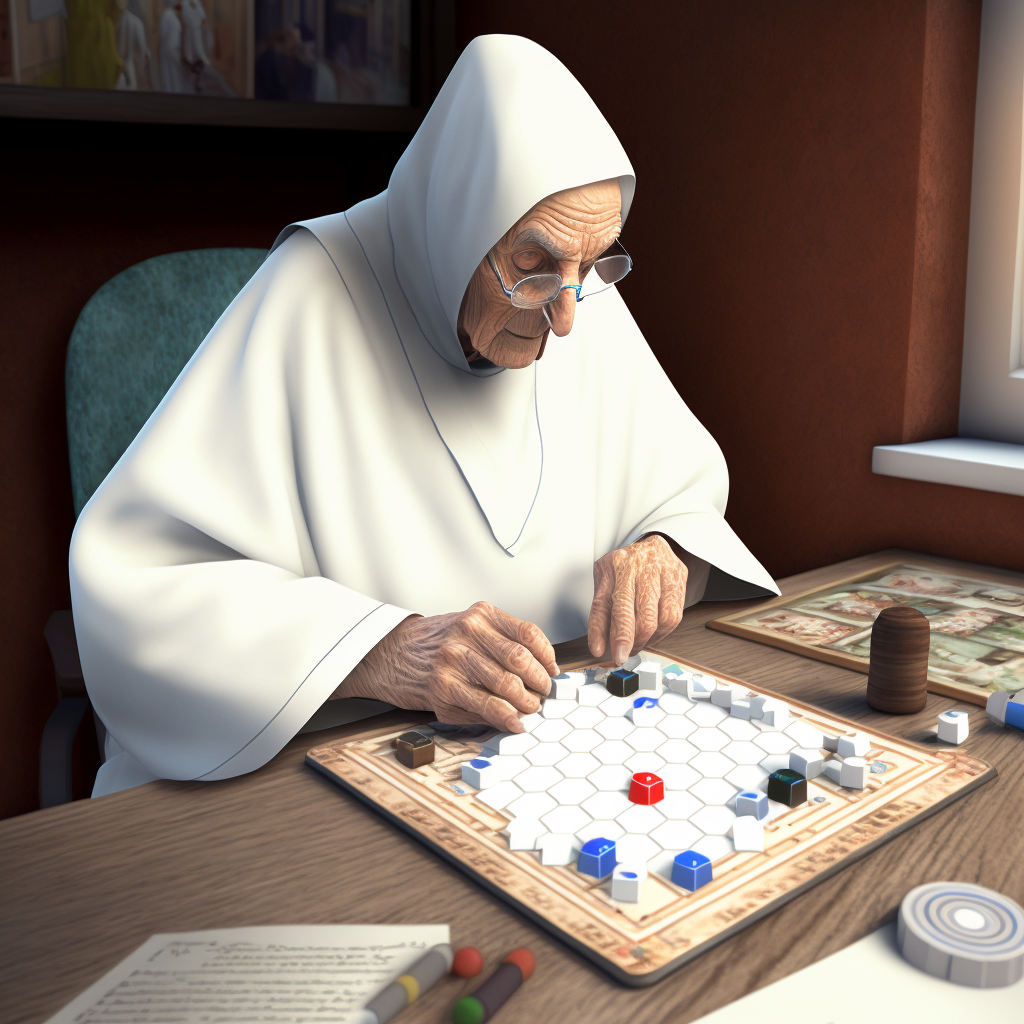
|
9 minutesActivities for Dementia Patients: Unlock the Joy of Living
Unlock the Joy of Living: Activities for Dementia Patients It can be difficult to know what to do with a loved one who has dementia. After all, the condition can make it hard to enjoy the hobbies and activities they once did. But it’s important to remember that activities for…
-

|
10 minutesAged Care Employee Day: An Insight into the Celebration
Introduction to Aged Care Employee Day The concept of Aged Care Employee Day is centred around acknowledging the dedication and compassion demonstrated by the individuals who care for the elderly population. Aged care employees, encompassing everyone from the frontline staff to the behind-the-scenes teams, play a crucial role in enhancing…
-
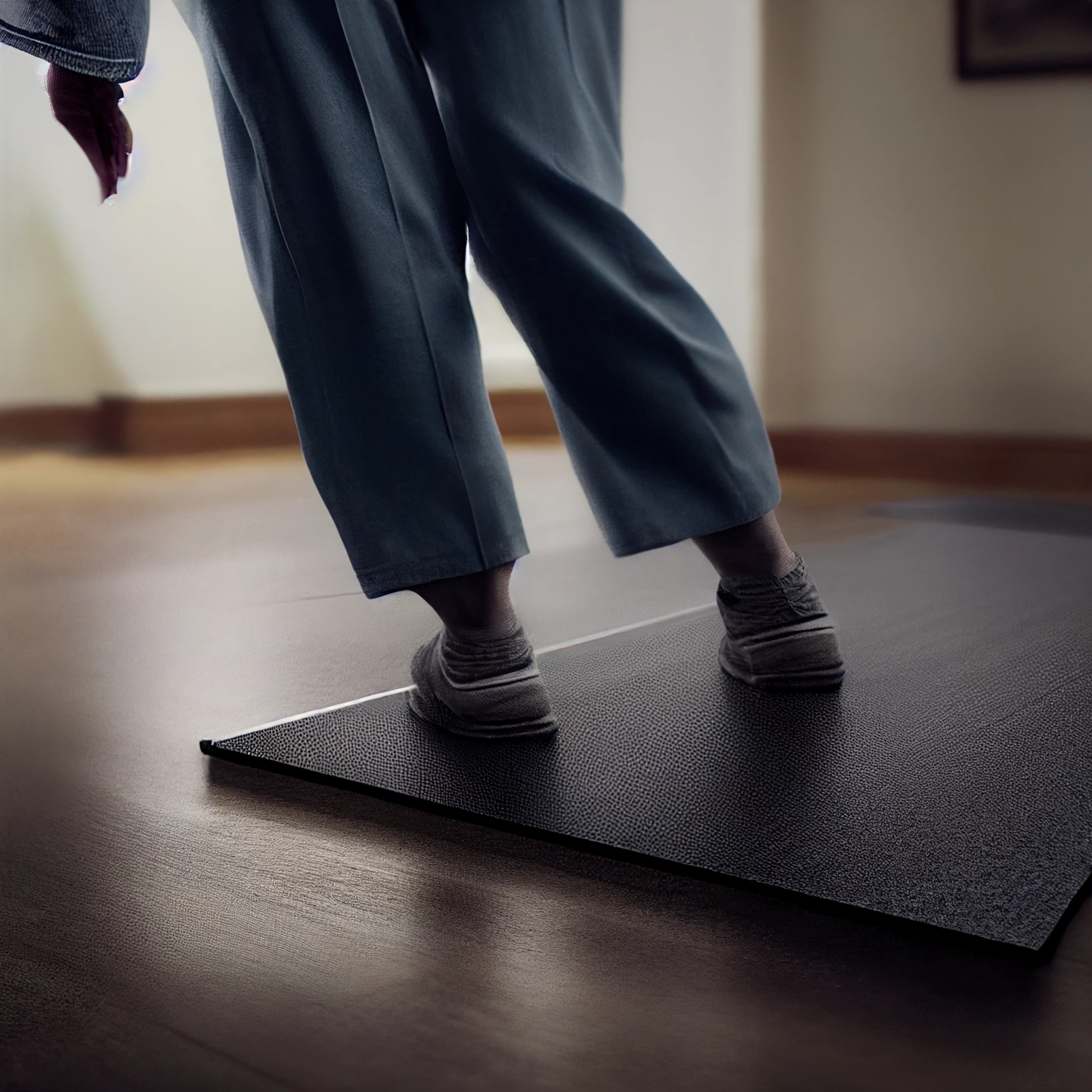
|
7 minutesAlarm Sensor Mats and Bed Sensor Pads: What you need to know about them
Introduction Alarm sensor mats are one of the most effective ways to prevent falls. It works by detecting when someone steps on it and then alerting caregivers or family members. It’s ideal for use on beds, chairs and other areas where seniors may be more likely to fall. They are…





